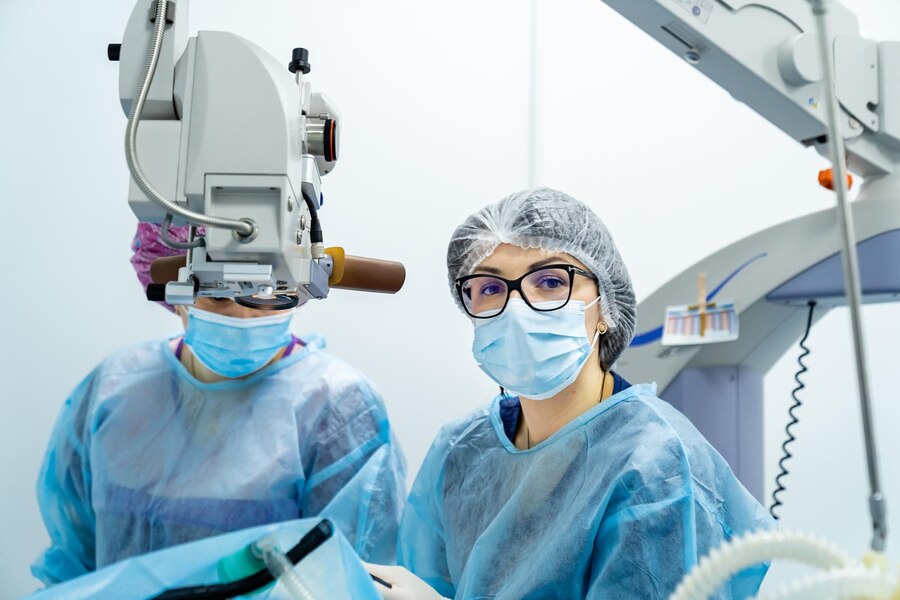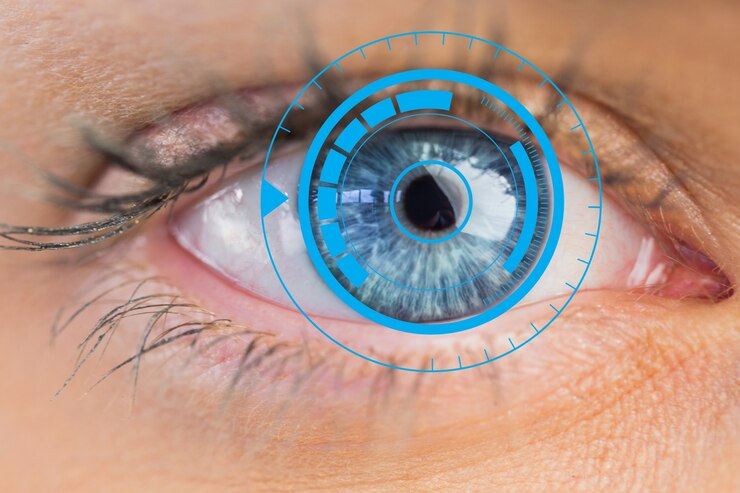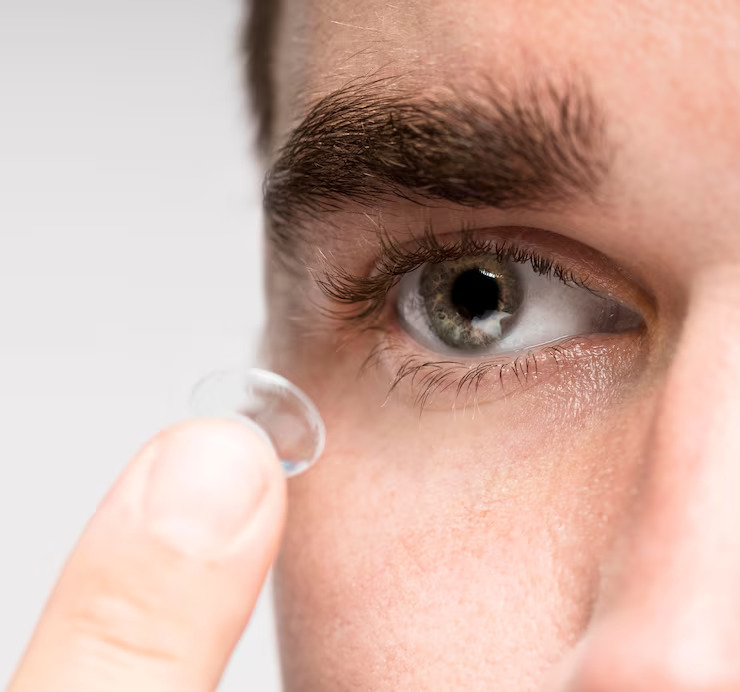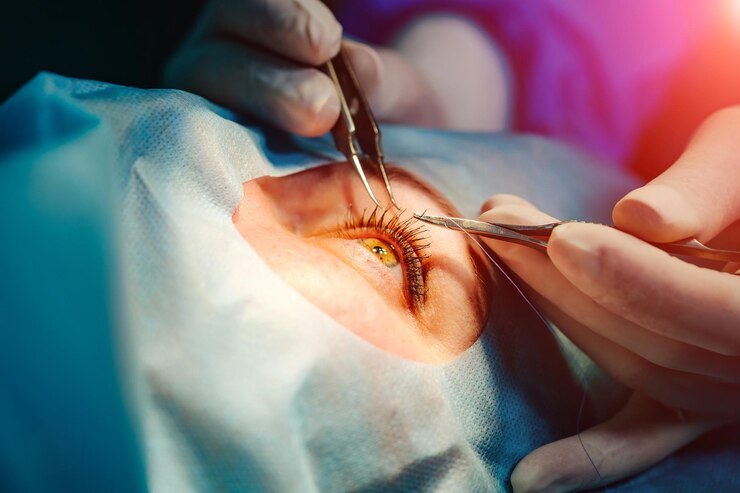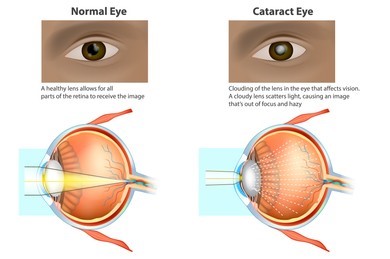Cataract Surgery: Restoring Vision And Quality Of Life
Cataracts, a common age-related condition, can significantly impair vision and diminish quality of life. However, with advancements in medical technology and surgical techniques, cataract surgery has become a highly effective procedure for restoring vision and improving overall well-being. In this article, we explore the importance of cataract surgery in restoring vision and enhancing the quality of life for individuals affected by cataracts.
Understanding Cataracts
When the eye’s lens becomes clouded, a cataract develops, resulting in low or fuzzy vision. This clouding typically develops gradually over time, often as a result of aging, but can also be influenced by factors such as genetics, prolonged sun exposure, smoking, and certain medical conditions like diabetes. As cataracts progress, they can interfere with daily activities such as reading, driving, and recognizing faces, ultimately impacting an individual’s independence and quality of life.
The Role of Cataract Surgery
Cataract surgery is the most commonly performed surgical procedure in the world and is highly effective in restoring vision impaired by cataracts. The goal of cataract surgery is to remove the cloudy lens and replace it with an artificial intraocular lens (IOL), restoring clear vision and improving visual acuity. In addition to addressing vision loss, cataract surgery can also alleviate symptoms such as glare, halos, and difficulty seeing in low-light conditions, thereby enhancing overall visual function and quality of life.
The Surgical Process
Cataract surgery is typically performed on an outpatient basis and involves several key steps:
- Preoperative Evaluation: Prior to surgery, the ophthalmologist will conduct a comprehensive eye examination to assess the severity of the cataract, evaluate overall eye health, and determine the most appropriate surgical approach and IOL implant for the patient.
- Anesthesia Administration: Cataract surgery is usually performed under local anesthesia, which numbs the eye and surrounding tissues, allowing the patient to remain awake and comfortable throughout the procedure. In some cases, topical anesthesia or sedation may also be used to minimize discomfort and anxiety.
- Lens Removal: During the surgery, the cloudy lens is carefully removed using a technique called phacoemulsification, where high-frequency ultrasound waves are used to break up the lens into small fragments, which are then suctioned out of the eye. In certain cases, an alternative technique known as extracapsular cataract extraction (ECCE) may be employed for lens removal.
- IOL Implantation: Once the natural lens has been removed, an artificial IOL is inserted into the eye to replace it. IOLs come in various types and designs, including monofocal, multifocal, and toric lenses, which can correct different types of vision problems such as nearsightedness, farsightedness, and astigmatism.
- Wound Closure: After the IOL is positioned within the eye, the surgeon will carefully close the incision, typically with self-sealing stitches or a special adhesive. In some cases, no sutures may be required, allowing for faster healing and reduced postoperative discomfort.
- Postoperative Care: Following surgery, patients are usually monitored for a short period in the recovery area to ensure stability of vital signs and initial visual function. They are then provided with instructions for postoperative care, including the use of prescribed eye drops, avoidance of strenuous activities, and follow-up appointments with their ophthalmologist.
Benefits of Cataract Surgery
Cataract surgery offers numerous benefits beyond simply improving vision. Some of the key advantages include:
- Improved Visual Acuity: Cataract surgery can significantly enhance visual clarity and sharpness, allowing individuals to see more clearly and perform daily activities with greater ease and confidence.
- Enhanced Color Perception: By removing the cloudy lens, cataract surgery can restore vibrant color perception, enabling individuals to appreciate the richness and depth of their surroundings.
- Reduced Dependency on Glasses: Depending on the type of IOL implanted, cataract surgery can reduce or eliminate the need for glasses or contact lenses for distance, near, or astigmatic vision correction.
- Increased Safety and Mobility: Clearer vision resulting from cataract surgery can enhance safety and mobility, particularly during activities such as driving, walking, and navigating unfamiliar environments.
- Enhanced Quality of Life: Perhaps most importantly, cataract surgery can significantly improve the overall quality of life by restoring independence, confidence, and the ability to engage in social, recreational, and professional activities without limitations imposed by poor vision.
Conclusion
Cataract surgery represents a transformative intervention for individuals affected by cataracts, offering a pathway to restored vision and enhanced quality of life. By addressing the underlying cause of vision loss and replacing the cloudy lens with a clear, artificial implant, cataract surgery can dramatically improve visual acuity, color perception, and overall visual function. Moreover, the benefits of cataract surgery extend far beyond vision improvement, encompassing increased safety, mobility, and independence, as well as enhanced well-being and overall quality of life. As cataract surgery continues to evolve with advancements in technology and surgical techniques, it remains a cornerstone of modern ophthalmic practice, empowering individuals to enjoy a life filled with clear vision and limitless possibilities.
For any further queries, Plz visit drvivekgarg.in

